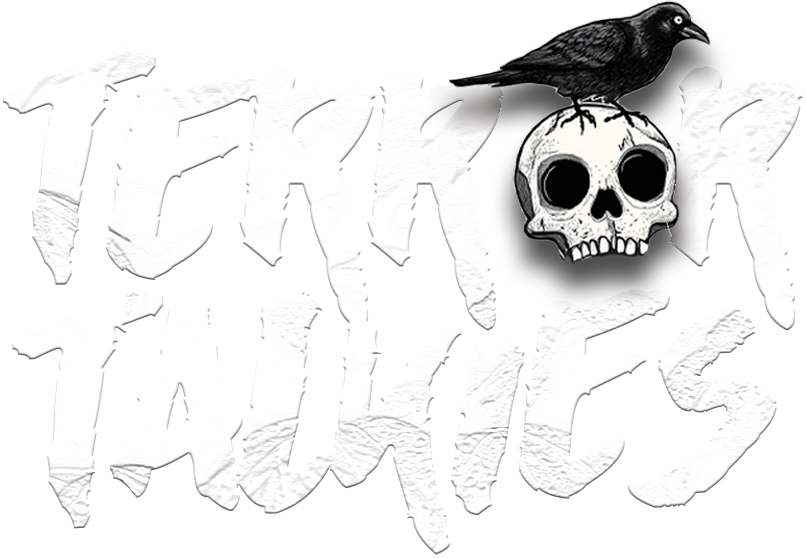Tracing the Evolution of Fear through Machines and Modernity.
- Dr Riksunder Banerjee

- Jun 25
- 4 min read
by Dr. Riksundar Banerjee

The fascination with ghosts has perhaps existed longer than any codified idea of the ghost itself. From primitive myths to contemporary media, the spectral has always been a powerful site of emotional projection. The affective domain surrounding spirits—be it fear, wonder, or reverence—has evolved alongside human civilisation itself. Just as the mastery over fire and the invention of the wheel propelled humankind forward, the proliferation of machines, particularly since the Industrial Revolution, radically altered how we relate to the unknown and the irrational. In fact, the advent of machines did not eliminate irrationality—it reconfigured it.
With the onset of modernity, propelled by discoveries such as electricity, the expansion of railway networks, the invention of the printing press, and later, the digital revolution, societies began to reorient themselves towards rationalism and empiricism. The very notion of fear, especially supernatural fear, was reshaped within this framework of scientific understanding. What once evoked awe and dread—mysterious lights, disembodied voices, or distant visions—began to be interpreted through the lens of science. And yet, fear did not disappear; it merely migrated. The societal elements that once defined fear have transformed, but not dissolved.
This transformation is not merely psychological; it is socio-economic. The availability of daily necessities, the accessibility of comfort and convenience, and broader changes in the standard of living all alter the way people perceive and experience life—and consequently, fear. As economic structures evolved, so too did people’s "vision of life," and with it, their fears. This suggests that fear is not just a biological or psychological reflex; it is deeply embedded in cultural and historical contexts.
One of the most enduring forms of fear is the fear of the uncanny—a concept Sigmund Freud explores in his seminal 1919 essay The Uncanny (*Das Unheimliche*). Freud interrogates the boundaries between the "animate" and the "alive," asking whether something is "alive" because it possesses consciousness or is "conscious" because it is alive. These ontological ambiguities lie at the heart of many ghostly or supernatural experiences. The uncanny, as Freud shows, arises when the familiar becomes unfamiliar—when something that should have remained hidden comes to light.

In the era of the post-genomic digital world, where human identity is increasingly reduced to data points—Aadhaar numbers, credit cards, mobile numbers, biometric codes—the boundaries between life and death blur in eerily new ways. The digital remnants of the deceased often linger in our devices and servers. A phone number once belonging to a dead person may be reassigned and appear active on WhatsApp years later. Such encounters, though explicable in technological terms, can evoke a momentary shock—a residue of the uncanny.
To understand this intersection of technology and fear, one must revisit the moment when the first electric lamps were switched on. Early users often attributed the light to sorcery or divine intervention. Even in the early 20th century, if someone claimed to have seen a person who lived hundreds of miles away, it would be interpreted as a supernatural phenomenon. Today, video calls and live surveillance are ubiquitous, yet the sense of awe has not entirely disappeared—it has simply been rationalized.
In Haunted Media (2000), Jeffrey Sconce explores how devices such as the telegraph, telephone, and radio cultivated new forms of spectrality, suggesting that communication technologies are inherently haunted. Similarly, Richard Stivers in Technology as Magic examines how the media often frame technological advances as magical events, reinforcing a mythos around machines rather than demystifying them. Despite widespread usage, the inner workings of many everyday technologies remain opaque to their users, creating fertile ground for mystery, speculation, and even paranoia.
This persistent gap between use and understanding has socio-cultural consequences. The scientific rationalism of the European Enlightenment and the Bengali Renaissance—both movements grounded in logical reasoning and skepticism—once promised an end to superstition. Yet, superstition has not disappeared; it has mutated. The proliferation of “double roles” in photography and cinema during the 19th century, for instance, introduced new avenues for spectral representation. Ghosts found new bodies through overexposure, optical illusions, and later, visual effects. These representations were not mere entertainment—they restructured the emotional registers of surprise and fear.
In the early 20th century, spiritualist movements began to adopt technological instruments—most notably the radio—as mediums for contacting the dead. The ghost story thus moved from the candle-lit drawing room to the airwaves, taking on new affective forms. In contemporary times, fear is no longer reserved for cemeteries and haunted mansions. It permeates office corridors, surveillance-heavy shopping malls, underground parking lots, and even our smart phones. The growing awareness of being watched—whether through CCTVs or digital footprints—contributes to a pervasive sense of unease, a modern specter of self-surveillance and loss of privacy.

Moreover, in digital systems, nothing is ever truly "deleted." Even after data is erased from personal devices, copies or shadows often exist on remote servers, backup systems, or cloud storage. This near-indestructibility parallels traditional beliefs in the immortality of the soul. Ironically, what ancient metaphysics claimed about the spirit world—that it persists beyond the body—is now echoed in the data structures of the internet. Digital ghosts—be they lingering emails, Facebook memorial pages, or AI models trained on voices of the dead—challenge our understanding of death and memory in profound ways.
Thus, fear has not been vanquished by technology; it has evolved with it. From primal fears born of darkness to anxieties encoded in the binary language of machines, we continue to live alongside the uncanny. Much of what we call "progress" still carries traces of irrationality, mystery, and awe. The unknowable has simply changed address—from the forest to the fiber optic cable, from the séance table to the smartphone screen.




Comments